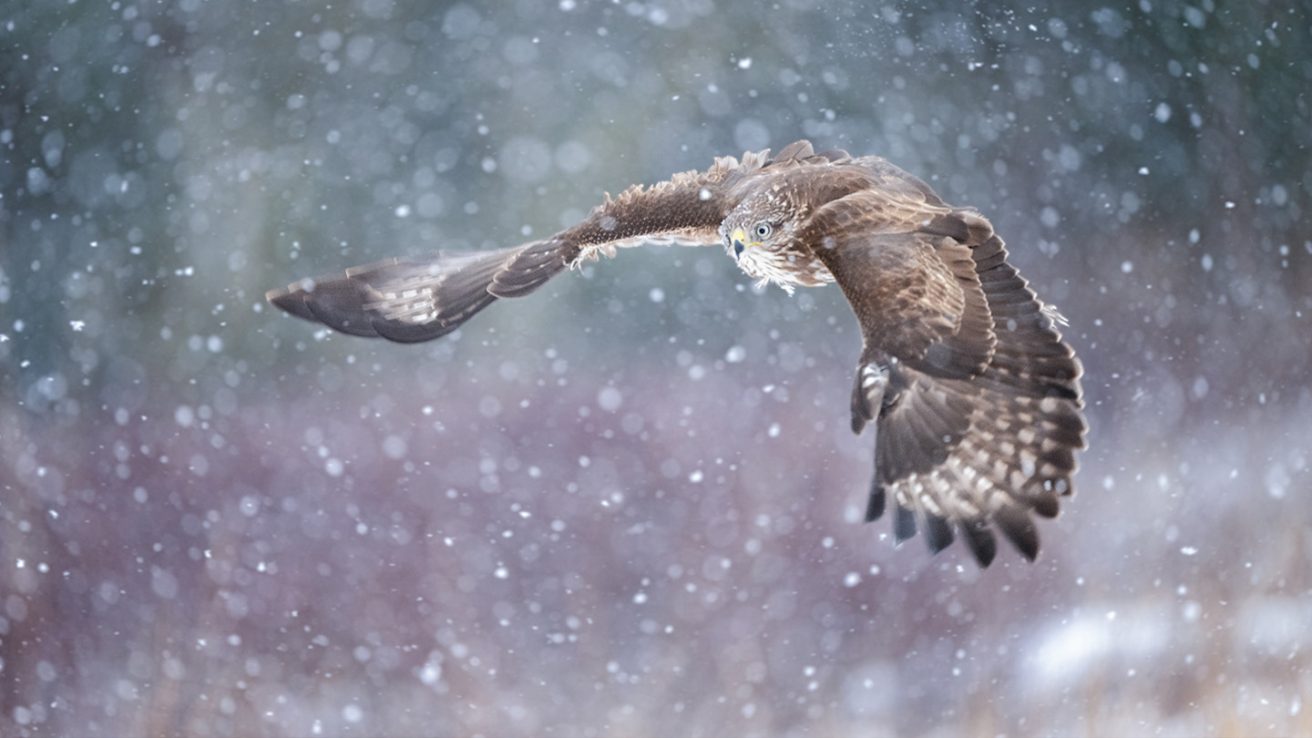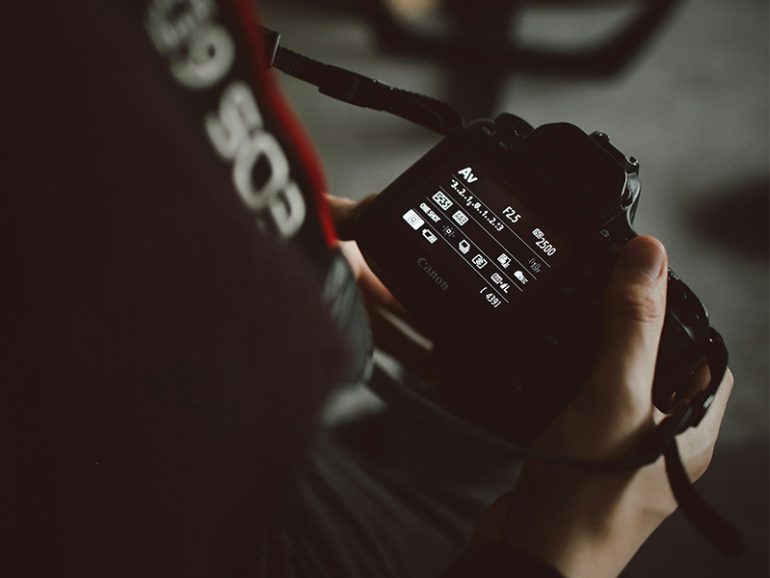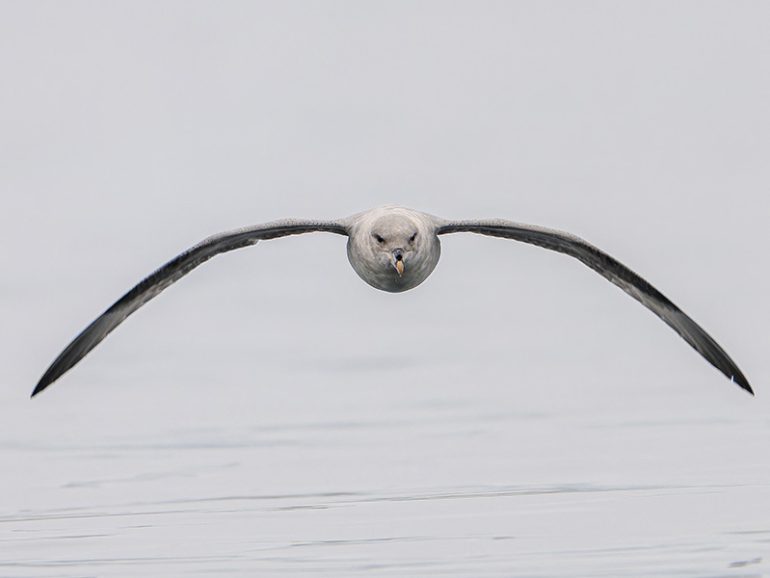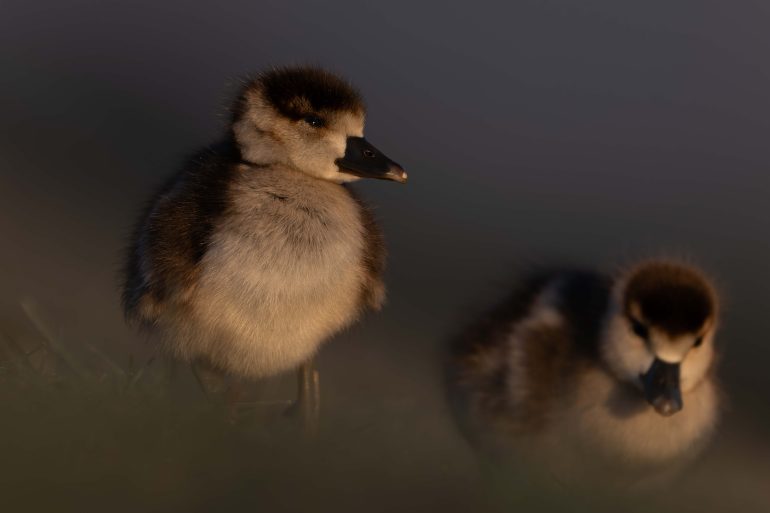The Ultimate Guide to Wildlife Camera Settings

Wildlife photography requires quick reflexes and the right camera settings to capture fast-moving subjects in diverse lighting conditions. Whether you’re photographing an eagle in flight or a bear foraging, having the correct setup can make all the difference.
At Nature’s Nomads, we focus on ethical, immersive, and transformative wildlife photography experiences. This guide will help photographers of all levels optimise their camera settings for wildlife photography and create impactful images.
📸 1. Camera Mode: Manual with Auto ISO or Aperture Priority
Selecting the right camera mode ensures you have the best balance of control and flexibility when shooting wildlife. While some photographers prefer fully manual settings, others opt for semi-automatic modes to allow for quick adjustments in changing conditions.
Manual Mode (M) with Auto ISO:
- Allows control over shutter speed and aperture, while ISO adjusts automatically.
- Ideal for fast-changing light conditions, ensuring proper exposure.
- Ensures consistent motion control, preventing slow shutter speeds from causing blur.
Aperture Priority (A/Av):
- Lets you set the aperture, while the camera adjusts shutter speed for proper exposure.
- Best for controlling depth of field without worrying about shutter speed adjustments.
- Useful when shooting portraits of wildlife or habitat shots.
🔹 Nature’s Nomads Tip: If using Manual Mode with Auto ISO, set a minimum shutter speed (if your camera allows it) to prevent motion blur while maintaining exposure flexibility.

⏳ 2. Shutter Speed: Freeze Motion
Shutter speed determines how movement is captured in your wildlife shots. A fast shutter speed freezes action, while a slower shutter speed introduces motion blur, which can be used creatively or avoided depending on your subject.
- Fast-moving subjects (birds in flight, running animals): 1/2000s or faster.
- Walking or slower-moving wildlife: 1/500s to 1/1000s.
- Static animals or portraits: 1/250s to 1/500s.
- Using a long telephoto lens? Use at least 1/focal length (e.g., for a 500mm lens, use 1/500s or faster) to avoid camera shake.
🔹 Pro Insight: When using Manual Mode + Auto ISO, you can lock in a fast shutter speed to freeze movement, while ISO dynamically adjusts for exposure. Some cameras allow setting a minimum shutter speed in Auto ISO mode to ensure sharp shots.
🔹 Creative Use: If you want to capture movement intentionally, such as a bird taking off, try a slightly slower shutter speed (e.g., 1/100s - 1/250s) to introduce motion blur in the wings while keeping the body sharp.

🌿 3. Aperture: Control Depth of Field
Aperture is crucial in determining how much of your scene is in focus. A wide aperture (lower f-stop number) creates a shallow depth of field, ideal for isolating subjects, while a narrow aperture (higher f-stop number) ensures more of the scene is sharp. Understanding when to use each can significantly impact your wildlife photography.
Wide aperture (f/2.8 - f/5.6):
- It is ideal for isolating the subject from the background.
- It creates a soft, blurred background (bokeh), drawing attention to the subject.
- Best for portraits of wildlife, especially in cluttered environments.
- Useful in low-light conditions, as a wider aperture lets in more light.
Narrower aperture (f/8 - f/11):
- Maintains more depth of field, ensuring both the subject and some background remain in focus.
- Ideal for photographing multiple animals in one frame.
- Useful for habitat shots where you want to showcase both the wildlife and the environment.
- It helps maintain sharpness across the frame, especially when using telephoto lenses.
🔹 Nature’s Nomads Tip: When using a telephoto lens, depth of field is already compressed. Even at f/5.6 or f/8, your background may still be blurred, so adjust based on subject distance and composition.

Plan a Wildlife Photography Trip with Nature’s Nomads
At Nature’s Nomads, we specialise in small-group wildlife photography tours designed for photographers who want to capture extraordinary moments in untouched landscapes.
🚀 Want to improve your wildlife photography?
📩 Join our mailing list for expert tips, ethical wildlife travel guides, and upcoming photography workshop announcements.





